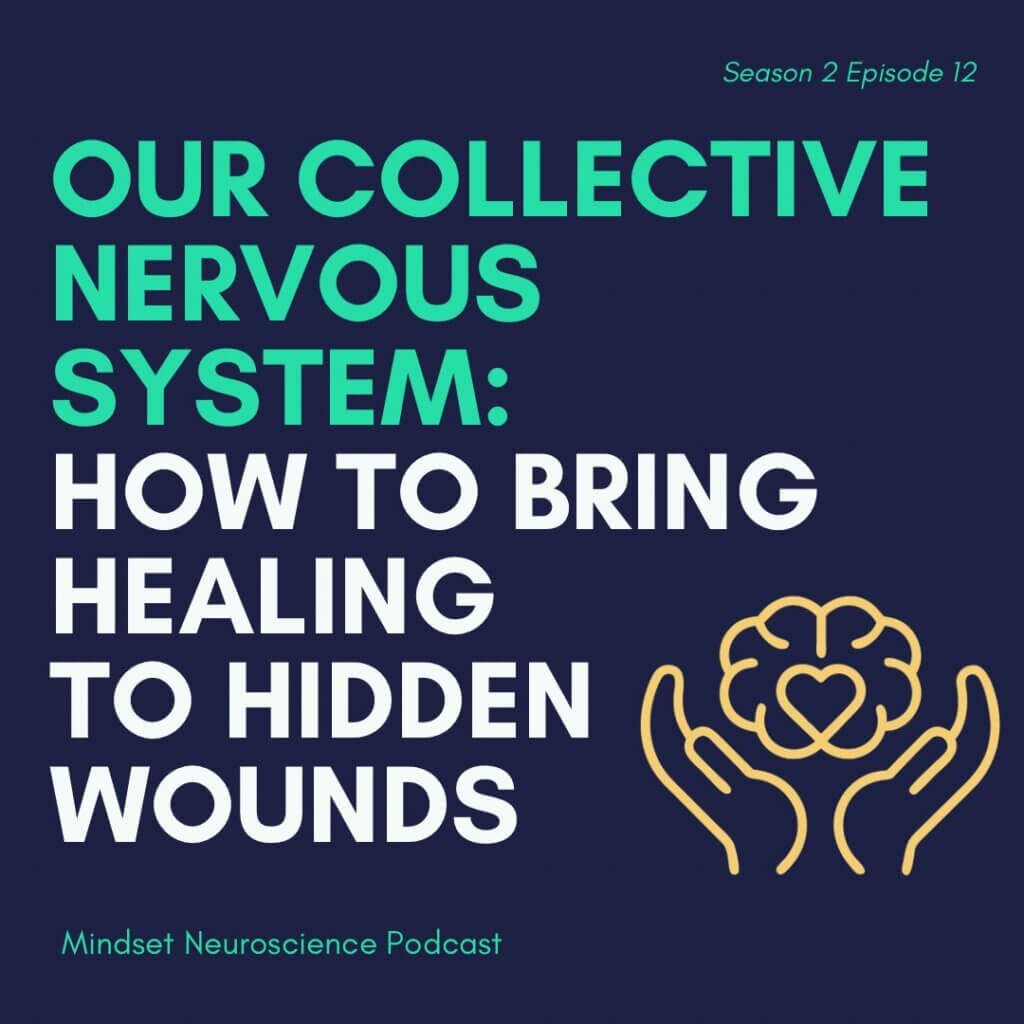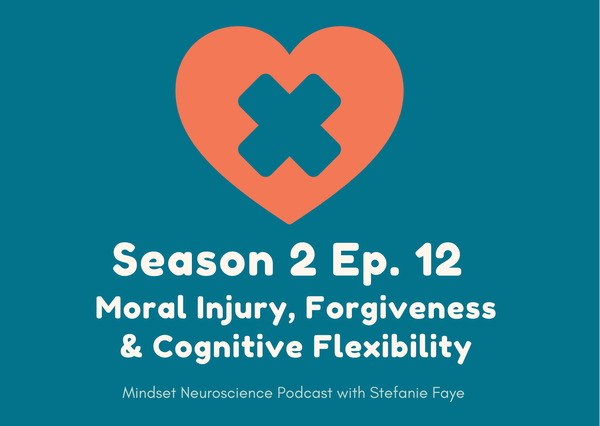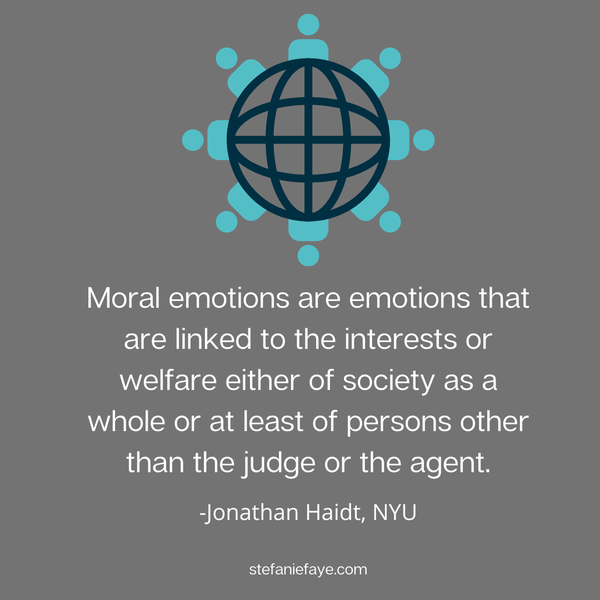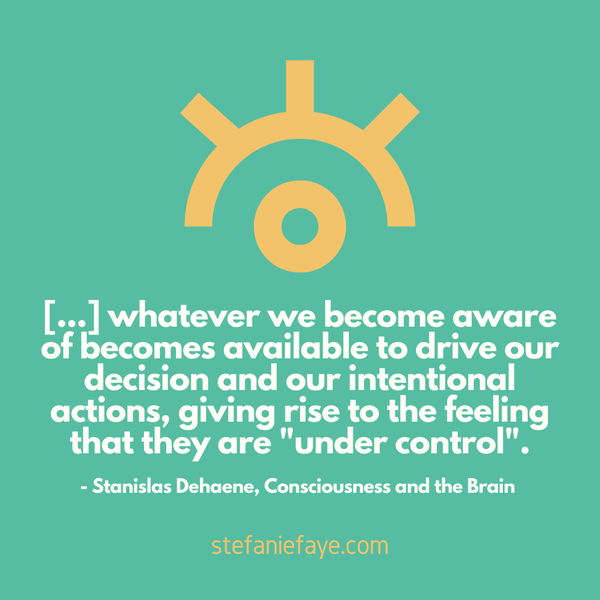“Out of suffering have emerged the strongest souls;
the most massive characters are seared with scars.”
-Khalil Gibran

Is it possible to take a painful and negative event from our past, and 're-purpose' it to become an empowering feature of our story, of our identity?
The process of re-organizing neural circuits to integrate a negative past event into a more complex perspective is tied to cognitive flexibility. This flexibility is a major aspect of the healing process for moral injury.
Because we all are connected to (or are) someone who has been a part of a war or collective trauma, we are all connected to each other by an experience of moral injury in some shape or form.
What is Moral Injury?
Moral injury is less about a danger- or fear-based response to an event and has more to do with a sense of betrayal, a breaking of social trust, and transgression of one’s values.
As I mentioned in the previous article, it is tied to socially-based transgressions, anxieties and adverse events that might trigger feelings of not having done enough to prevent harm to someone or to one's self, or having been betrayed.
Moral injury is an emerging frontier in neuroscience and psychology to help us understand...
- humans as a socially connected and meaning-making species
- the importance of social trust and what happens when those bonds are broken
- the importance of cognitive and psychological flexibility.
What's beautiful about the exploration of moral injury is that it helps us find ways to bring negative events into a new light and to challenge internal narratives and interpretations of ourselves. In doing so, it exposes resilient and powerful aspects of the human response to stress.
As we talk about moral injury, it’s also helpful to explore the idea of morality
What is morality?
Jonathan Haidt, a professor of moral and political psychology at NYU describes morality as:
“interlocking sets of values, virtues, norms, practices, identities, and evolved psychological mechanisms that work together to suppress or regulate selfishness and make cooperative social life possible.
Haidt’s work also examines ‘moral emotions’, which he describes as
“those emotions that are linked to the interests or welfare either of society as a whole or at least of persons other than the judge or the agent.”
How do we navigate moral injury?
Some of the processes currently being explored in the realm of moral injury include: Cognitive Processing Therapy, Prolonged Exposure, Narrative Exposure, Adaptive Disclosure, Acceptance and Commitment Therapy
I won’t go into all the details of these here*, but there are some overall patterns and themes to these processes:
- bringing unconscious pain into conscious awareness
- cognitive flexibility and forgiveness
- finding the utility of painful emotions and events
Bringing the unconscious to the conscious workspace.
Some of these processes guide people to consciously bring up and access the painful emotions associated with their moral injury.
This allows them to simultaneously access the circuitry from the past while also activating new, more complex perspectives for putting the past situation into perspective.
Before a person can do that, however, they must actually feel and consciously access the thoughts and emotions so that they can navigate them in new ways.
As mathematician and cognitive neuroscience researcher Stanislas Dehaene puts it:
"whatever we become aware of becomes available to drive our decision and our intentional actions, giving rise to the feeling that they are "under control".
Cognitive Flexibility & Forgiveness
Forgiveness is a process that expands one’s perception of an event to include higher and wider perspectives. This allows for new neural circuitry to activate.
Two key ways this happens are through expanding one's awareness to include:
- a longer time horizon than just that specific moment in time. Through this expansion, a person is able to see other events that may have led up to that incident
- other interconnected nodes and systems. Doing this expands the view that the event is not only about that specific person - it recognizes other players that have interacted before that moment and it examines the role that all those interactions may have had on the actions of that person
This process of expanding awareness engages something called cognitive flexibility. Activating the neural circuits involved in that process allows someone to get ‘unstuck’ from the self-referential and repetitive rumination about the event.
Part of this also tied to what can be called 'transcendent thinking'. I go into specific ways we can do that in this episode on the Science of Life Purpose and purposeful vs purposive thinking.
*I just interviewed the incredible researcher who has driven much of that researcher, Mary Helen Immordino Yang (a student of another amazing neuroscientists Antonio and Hannah Damasio). That episode will be coming up in May
Finding the utility of the painful events and emotions
Feeling shame, guilt or rage at something someone saw or participated in that they felt was 'not right' has value and utility.
That type of emotional pain is what can drive humans to change social-emotional-behavioral strategies, such as seeking forgiveness, as well as clarify their values or seek out ways to contribute to something of service.
These emotions can be an energy that fuels someone to become part of a movement to help others not go through what they have witnessed or experienced. For example:
- feeling moral pain can allow someone to clarify their values as to what they believe is right and good in the world.
- they can then re-engage those values and connect with how take action on those values here and now.
- by doing this, they give that painful event or emotion a new purpose that moves them to new action, and in service to others.
Being able to adapt what has happened and integrate it into new ways is an aspect of psychological flexibility.
The Association for Contextual Behavioral Science explains that,
"psychological flexibility means contacting the present moment fully as a conscious human being, and based on what the situation affords, changing or persisting in behavior in the service of chosen values."
Moral Injury is an Emerging Frontier for Neuroscience, Psychology and Systems Thinking
Moral Injury is a concept that highlights the importance of our nature as an interconnected system and the mechanisms we have in place to promote social cooperation and regulate selfishness.
It addresses deeply held beliefs about what is good and right, and the pain that occurs when those values are betrayed by someone else or by oneself.
In exploring this realm, we have the opportunity to nuance our understanding of human values,as well as suffering and distress.
As I said earlier (and bears repeating)..
Because we all are connected to (or are) someone who has been a part of a war or collective trauma, we are all connected to each other by an experience of moral injury in some shape or form.
This is a field that is worth our efforts to explore.
I go in depth in this podcast episode, including how:
- forgiveness and flexibility help us activate highly sophisticated and evolved neural mechanisms
- brain activations are different in trauma compared with moral injury
- the mechanism of morality could potentially improve energy efficiency and resilience of a system
- the human species is an interconnected network of nodes that requires social signaling for trust and cooperation
Listen to this episode on:
References:
Barnes, H. A., Hurley, R. A., & Taber, K. H. (2019). Moral Injury and PTSD: Often Co-Occurring Yet Mechanistically Different. The Journal of Neuropsychiatry and Clinical Neurosciences, 31(2), A4-103. https://doi.org/10.1176/appi.neuropsych.19020036
Dajani, D. R., & Uddin, L. Q. (2015). Demystifying cognitive flexibility: Implications for clinical and developmental neuroscience. Trends in neurosciences, 38(9), 571–578. https://doi.org/10.1016/j.tins.2015.07.003
Dowling, S. (1986). Discussion of the various contributions. In Rothstein, 1986, op cit., pp. 205-Rothstein, ed. The Reconstruction of Trauma. Madison, CT: International UniversitiesPress..
TVO interview with Ruth Lanius: https://www.tvo.org/article/what-is-a-moral-injury-and-how-can-it-be-treated
Adaptive Disclosure: A New Treatment for Military Trauma, Loss, and Moral Injury by Brett T. Litz, Leslie Lebowitz, Matt J. Gray, William P. Nash
Jameton A. Nursing practice: the ethical issues. Englewood Cliffs, NJ: Prentice Hall, 1984
Litz, Brett T.; Stein, Nathan; Delaney, Eileen; Lebowitz, Leslie; Nash, William P.; Silva, Caroline; Maguen, Shira (December 2009). "Moral injury and moral repair in war veterans: A preliminary model and intervention strategy". Clinical Psychology Review. 29 (8): 695–706.
Shay, J. (2010). Achilles in Vietnam: Combat Trauma and the Undoing of Character. Simon & Schuster
Sun, D., Phillips, R. D., Mulready, H. L., Zablonski, S. T., Turner, J. A., Turner, M. D., McClymond, K., Nieuwsma, J. A., & Morey, R. A. (2019). Resting-state brain fluctuation and functional connectivity dissociate moral injury from posttraumatic stress disorder. Depression and anxiety, 36(5), 442–452. https://doi.org/10.1002/da.22883
Terpou, Braeden A et al. “Moral wounds run deep: exaggerated midbrain functional network connectivity across the default mode network in posttraumatic stress disorder.” Journal of psychiatry & neuroscience : JPN vol. 47,1 E56-E66. 17 Feb. 2022, doi:10.1503/jpn.210117





